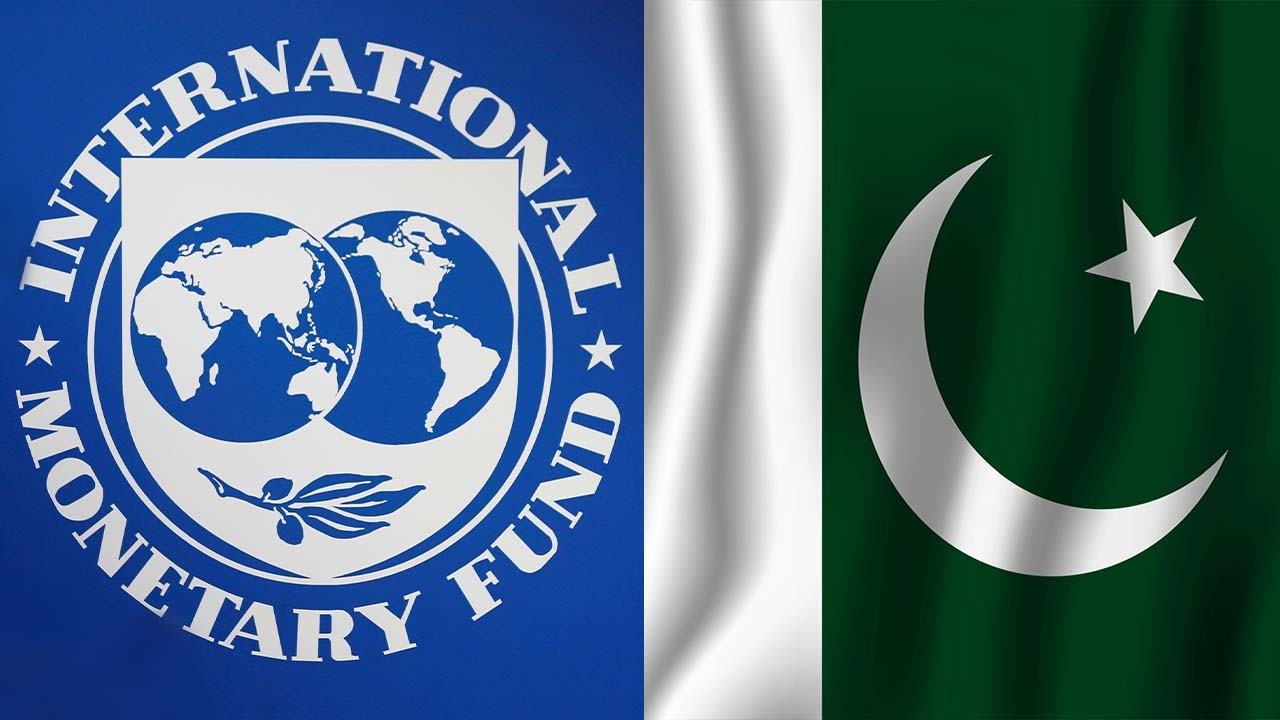Explore Pakistan’s complex relationship with the IAEA and IMF. Discover how nuclear oversight and economic reforms shape the country’s present and future.

Pakistan stands at a critical crossroads.
On one side, it wields nuclear power, making it a key player in South Asia. On the other, it faces economic hardships, turning repeatedly to the International Monetary Fund (IMF) for bailouts. Add to this the watchful eye of the International Atomic Energy Agency (IAEA), and you have a nation juggling global expectations on two powerful fronts.
This blog explores the conditions, current status, and real consequences of Pakistan’s ties with the IAEA and IMF—and why the world is watching closely.
⚛️ IAEA Conditions for Pakistan – Nuclear Oversight with Boundaries
🌐 Not an NPT Member – But Still Under Scrutiny
Pakistan is not a signatory to the Nuclear Non-Proliferation Treaty (NPT). Why? Because it maintains a military nuclear weapons program, which the NPT does not permit for non-recognized nuclear states. Despite this, Pakistan allows the IAEA to monitor its civilian nuclear facilities voluntarily.
✅ Key Conditions Set by the IAEA
1. Voluntary Safeguards on Civilian Facilities
Only specific plants like Chashma and Kanupp reactors are under IAEA watch. These facilities must follow strict rules to ensure:
- No diversion of nuclear material
- Peaceful use for energy, health, and agriculture
2. Separation of Civilian and Military Programs
Pakistan must maintain a strict wall between its civilian and military nuclear activities. The military sites remain outside IAEA’s scope—but the civilian side must be transparent.
3. Nuclear Safety & Emergency Response
Pakistan is required to follow international best practices on:
- Radiation protection
- Nuclear accident preparedness
- Waste disposal and plant maintenance
4. Security Against Nuclear Terrorism
Pakistan must secure its nuclear facilities against theft or sabotage—a concern also discussed in our blog on Weapons of India.
5. Technical Cooperation
Pakistan benefits from IAEA programs in:
- Cancer treatment
- Radiation in agriculture
- Safe energy generation
In return, it must comply with audits and project transparency.
📉 Consequences of Non-Compliance with IAEA
If Pakistan fails to follow IAEA guidelines, the global trust it has built around its peaceful nuclear program could vanish:
- Civil nuclear agreements could be suspended
- International funding and cooperation would dry up
- Pressure to join the NPT would intensify
So far, Pakistan has kept a strong compliance record. But the world remains cautious, especially given regional tensions and past cases of nuclear proliferation like in the case of North Korea.
💰 IMF Conditions for Pakistan – The Price of Survival
🔍 Why Pakistan Needs the IMF
Years of poor fiscal planning, rising debt, and political instability have led Pakistan into multiple economic crises. The country has turned to the IMF more than 20 times since 1958.
In 2023, Pakistan narrowly avoided default by securing a $3 billion bailout —but at a high cost.
For a similar case on how funding withdrawal shapes survival, explore A New Chapter for WHO – Surviving Without U.S. Funds.
📋 Major IMF Conditions
1. Tax Reforms
- Increase GST and income tax
- Eliminate tax exemptions for elites
- Improve tax collection through digital systems
2. Subsidy Cuts
- Remove subsidies on fuel, electricity, and wheat
- Resulted in price hikes for everyday citizens, a concern also seen in Challenges to the U.S. Dollar’s Dominance
3. Currency Devaluation
- The IMF demanded a market-based exchange rate
- The Pakistani rupee dropped drastically, worsening inflation
4. Interest Rate Hike
- To fight inflation, the central bank raised interest rates to over 20%
- This made borrowing costly and hurt small businesses
5. Energy Sector Reforms
- Fix the circular debt in energy companies
- Raise electricity tariffs—triggering frequent protests
6. Tight Spending on Government
- Cut down public sector hiring
- Reduce non-essential projects
7. Support for the Poor
- Maintain the Benazir Income Support Programme (BISP)
- Focus on targeted relief, but many say it’s too little, too slow
🔥 Present Situation: Hard Choices, Tough Lives
In 2024–2025, the average Pakistani household is struggling. Inflation remains over 30%, fuel prices are at record highs, and unemployment is rising.
While IMF reforms are meant to stabilize the economy, they come at the cost of:
- Public outrage
- Political instability
- Erosion of middle-class savings
The public response mirrors reactions seen during India’s recent policy shifts, as discussed in India’s Boycott – What You Need to Know.
Many in Pakistan are now questioning the long-term human cost of these reforms, just as we questioned the ethics behind events like the Tuskegee Syphilis Experiment.
📉 Consequences of Ignoring IMF Conditions
If Pakistan fails to meet IMF targets:
- Funds are withheld
- Other loans from the World Bank and ADB are delayed
- Credit ratings drop, making foreign investment harder
- Risk of default increases—just like Sri Lanka or Lebanon
For American geopolitical interests and how they link to South Asian aid diplomacy, check updates on America112.
🔄 Balancing the Two Giants: IAEA and IMF
Pakistan must carefully walk between two major powers:
Both demand discipline, transparency, and reform. While the IAEA focuses on global security, the IMF zeros in on economic structure. Failing either could mean isolation or collapse.
✍️ Final Thoughts – The Way Forward
Pakistan’s journey is far from easy. To regain its strength:
- It must continue cooperation with the IAEA
- Stick to painful but necessary IMF reforms
- Build self-reliance, reduce corruption, and restore public trust
In the words of economist Atif Mian,
“It’s not just about dollars or atoms—it’s about trust, transparency, and responsibility.”
The world is watching. And Pakistan, despite the pressure, still has the power to shape its destiny.
🔗 Related Blog Posts:
- The Man from Taured – Time Travel or Hoax?
- Weapons of India – Power of Defence
- Challenges to the U.S. Dollar’s Dominance
- A New Chapter for WHO – Surviving Without U.S. Funds
- India’s Boycott – What You Need to Know

